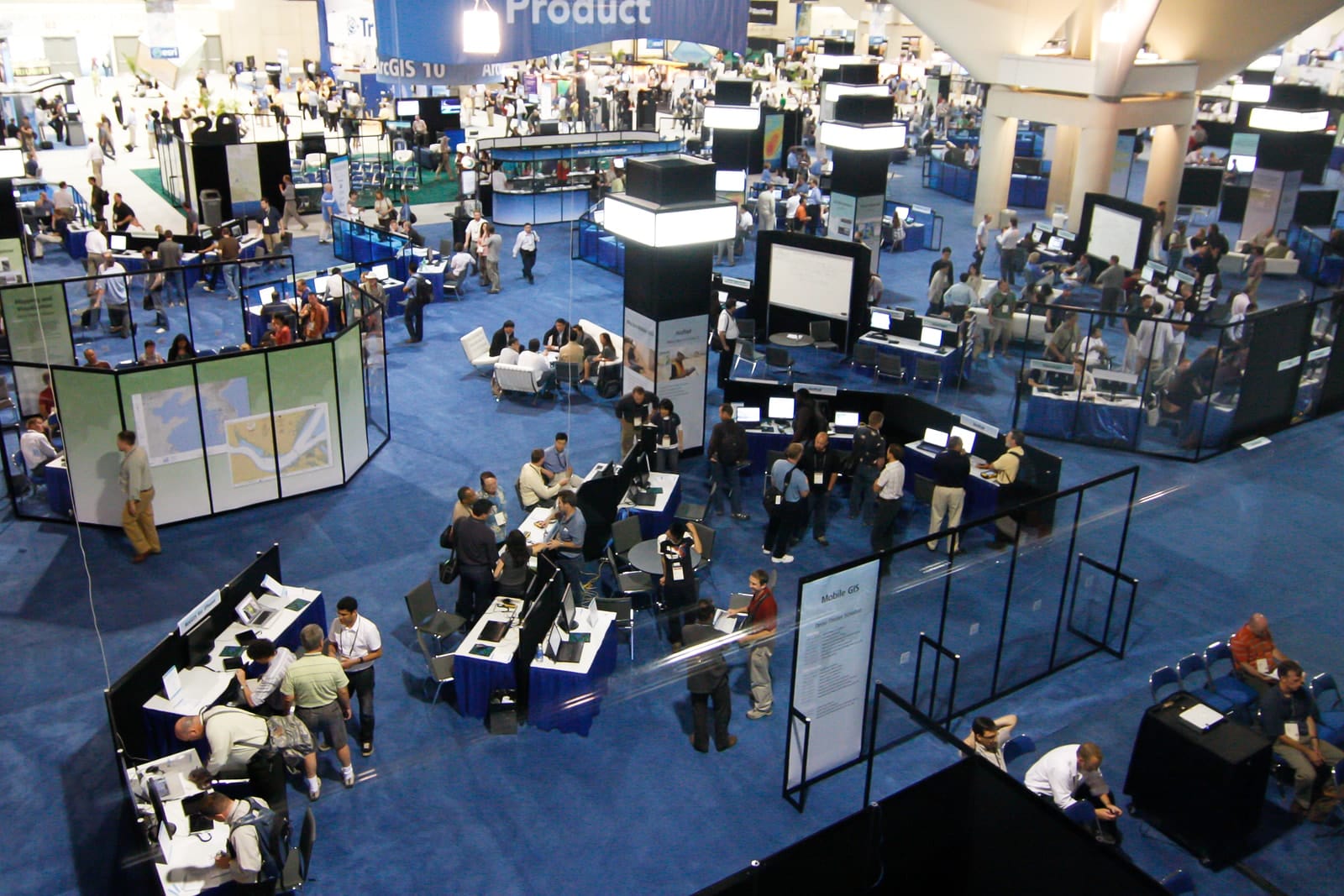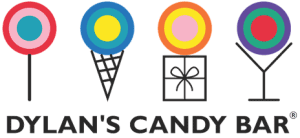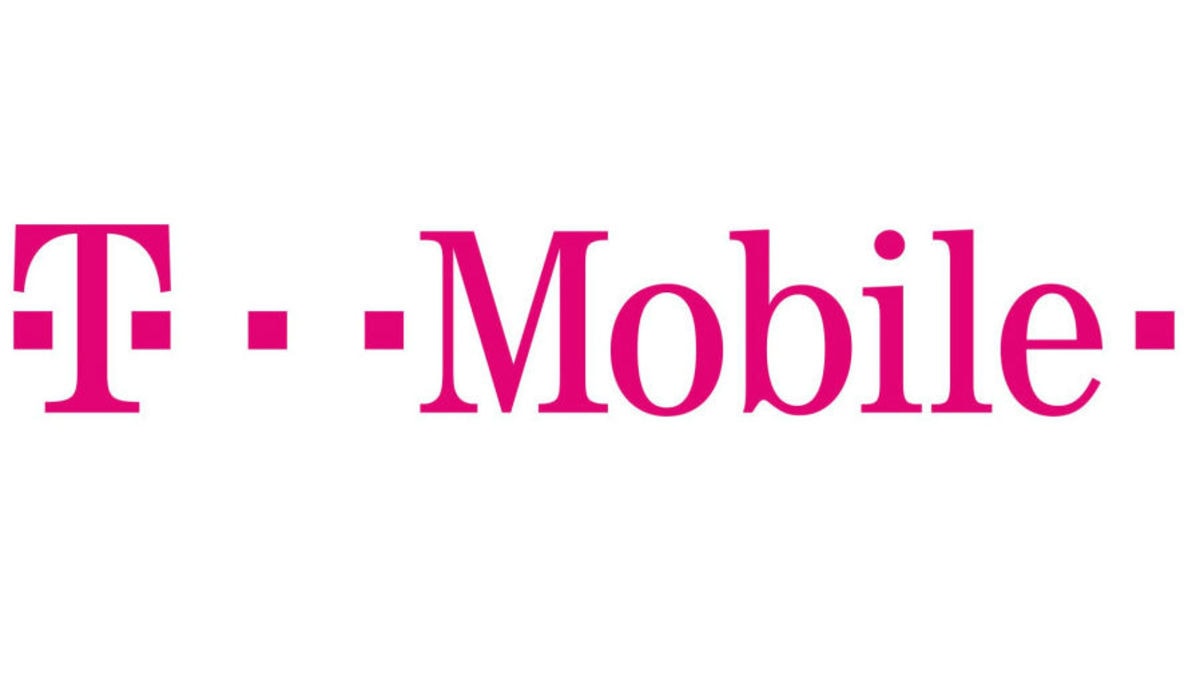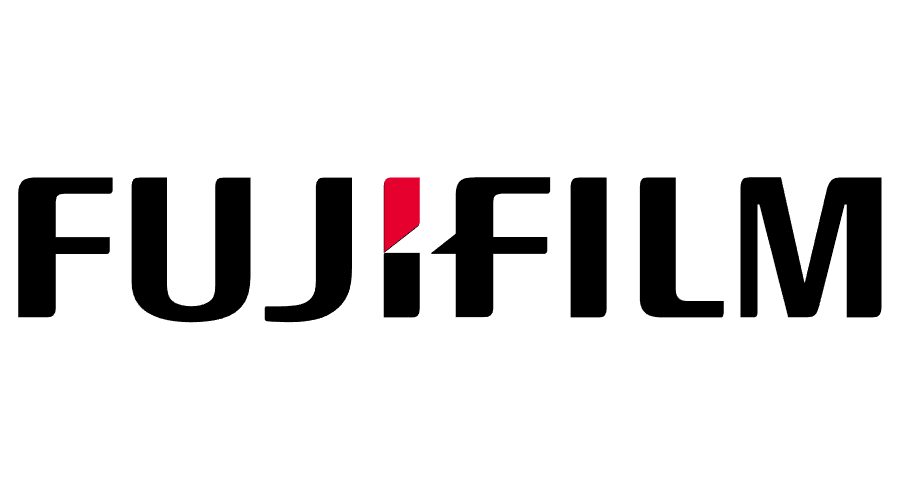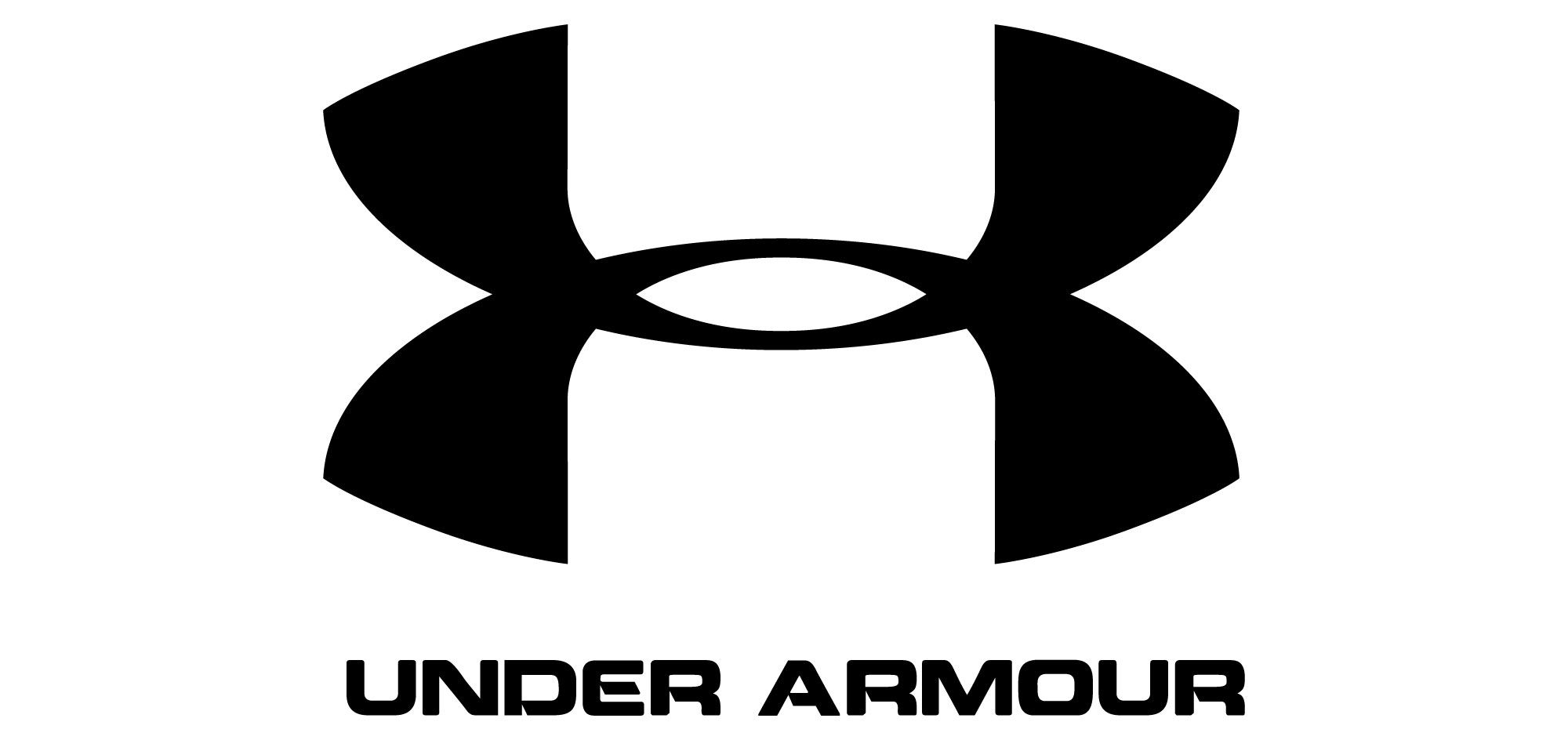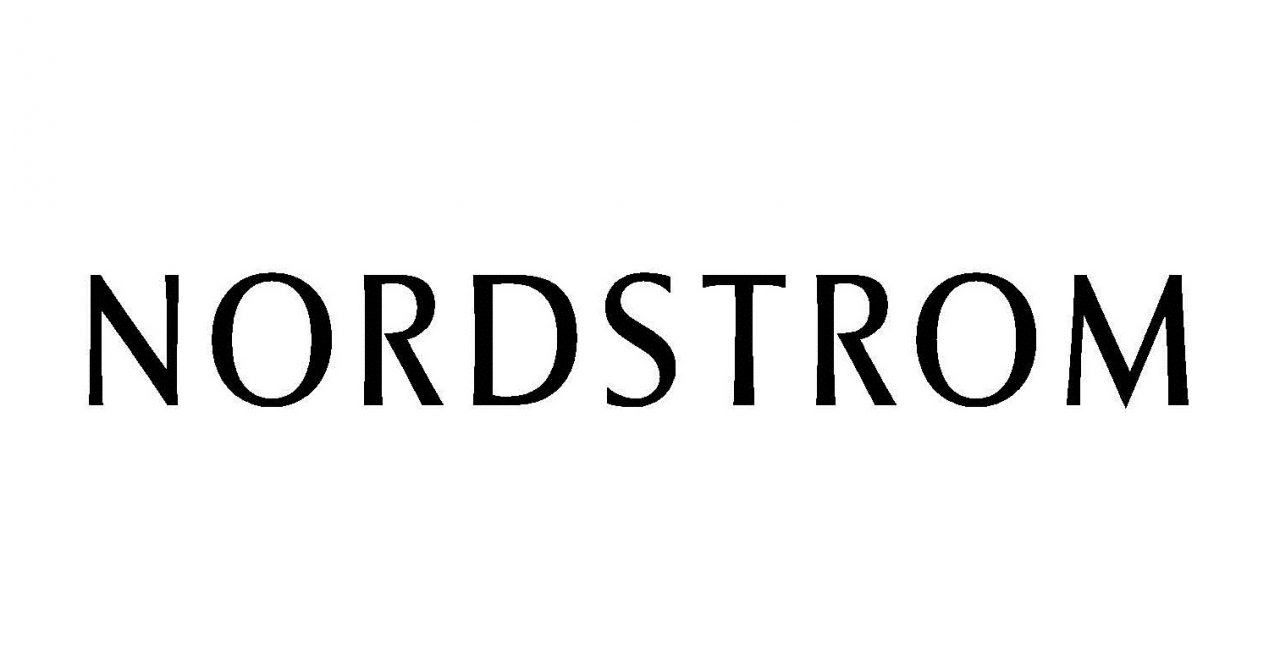Key Takeaways
- Present a Relevant, High-Value Offer
Your brochure should feature an offer that directly addresses your audience’s needs and interests. A compelling promotion increases engagement and encourages prospects to take action after the trade show. - Craft an Engaging Cover Design
The brochure’s cover should be visually striking to immediately capture attention. High-quality images, bold headlines, and eye-catching colors help make it stand out in a crowded trade show environment. A well-designed cover encourages attendees to explore further. - Focus on Reader Benefits
Instead of just listing product features, highlight how your offerings solve problems or improve customers' lives. A benefits-driven approach makes the content more relatable and engaging. This strategy helps prospects understand why they should choose your brand. - Include a Clear Call to Action (CTA)
A strong CTA guides readers on the next steps, such as visiting your website or contacting your team. Without a clear directive, potential customers may lose interest and move on. Make sure the CTA is visible and encourages immediate action. - Ensure Consistent Branding and Contact Information
Your brochure should maintain consistent branding with your logo, colors, and messaging. Providing accurate contact details ensures prospects can easily reach out after the event. This consistency reinforces brand trust and recognition.
With the right combination of a great booth, a talented sales team and a fantastic brochure, your business can generate a huge amount of sales from each and every trade show it attends.
Trade shows are a relatively expensive marketing channel, with large initial costs for your business. There’s the cost of renting floor space, designing and building a booth, training your sales team and giving away free marketing materials.
Despite these costs, trade shows can produce an incredible return on investment for your business with the right approach. The key to success at a trade show is often an excellent brochure that keeps selling to your prospects after the show ends.
Are you struggling to design a great trade show brochure? From calls to action to an excellent offer, read on to discover the five most important elements of a successful, effective trade show brochure.
A relevant, high-value offer
Is your offer relevant to your target audience? One of the most common mistakes that businesses make at trade shows is offering something that their prospective customers already have or have no need for.
Your offer is the key of your brochure – without a good offer, no amount of copy is going to make prospects interested in your business. Make sure your offer is highly relevant to your target audience in order to truly attract their interest.
Can’t think of a good offer? One of the most effective ways to come up with a good offer is to survey your target audience to learn more about their needs, then tailor your offer based on your findings.
An eye-catching headline
Most trade show attendees leave each event with a thick stack of business cards and brochures. Typically, only the most engaging and persuasive of these brochures are subject to any attention.
It’s important to remember that your brochure doesn’t exist in isolation – when you give a brochure to a prospective customer, you’re competing for their attention and need to be better at attracting it than your competitors.
Use an eye-catching headline that clearly lists the benefits of your offer to prospects in order to catch their attention. Remember that the objective of your headline isn’t to sell your product, but simply to make prospects pay attention to your message.
Benefits-focused copy
Does your copy clearly express the benefits of your product or service, or is it most focused on your unique features and technology? One of the most common mistakes made by direct marketers is assuming that prospects care about features.
While some do, most don’t. Instead, the majority of prospects will be motivated to take action after reading your brochure if it communicates the benefits your offer provides, rather than just its features.
Before you print any promotional brochure, make sure it communicates the two or three biggest benefits of your product or service, as opposed to simply listing all of its key features and technology.
A persuasive call to action
Once prospects reach the end of your brochure, are they aware of the next steps to take in order to claim your offer? Many brochures list the benefits of their product or service, only to leave prospects with no idea of how to take action.
This is where a call to action comes into play: it converts prospects from desiring your product or service to taking action in order to claim it. It changes the focus of your marketing from educating prospects to encouraging them to take action.
Does your brochure contain a persuasive call to action? Your call to action should make it easy for any prospect to take action and claim your offer, whether it’s over the phone, online or at your nearest retail location.
Highly relevant images
Brochures are visual marketing tools – sales channels that depend just as much on great images as they do on great copy. If your brochure is devoid of images, it won’t achieve such a positive impact on sales as it otherwise would.
Effective images are both eye-catching and highly relevant – outstanding enough to attract attention, but relevant enough to your business to communicate the value of using your product or service.
Does your brochure contain highly relevant, eye-catching images? If your brochure isn’t visually appealing and interesting, it may not even be read by the majority of your prospects.
FAQs
- Why is a high-value offer important in a trade show brochure?
A high-value offer immediately captures attention and provides a strong reason for prospects to engage. Exclusive discounts, free trials, or valuable insights can entice potential customers. This makes your brochure more impactful and increases follow-up interactions. - How does an engaging cover design improve brochure effectiveness?
A visually appealing cover ensures your brochure doesn’t get overlooked among the competition. Using bold headlines, striking images, and professional layouts creates a polished, attractive design. The first impression can determine whether attendees choose to read further. - Why should brochures emphasize benefits rather than features?
Customers care more about how a product or service improves their lives than its technical specs. Framing your message around benefits makes it more relevant and persuasive. This approach helps prospects see the real value in what you’re offering. - What makes a call to action (CTA) effective in a brochure?
A strong CTA is clear, action-oriented, and easy to follow. Phrases like “Call Now for a Free Consultation” or “Visit Our Website for Special Offers” create urgency. The CTA should stand out visually to maximize conversions. - How does consistent branding in a brochure help a business?
Consistency in logos, fonts, and colors reinforces brand recognition and trust. A well-branded brochure makes your company more memorable and professional. It also ensures customers can easily recall and contact your business when needed.

